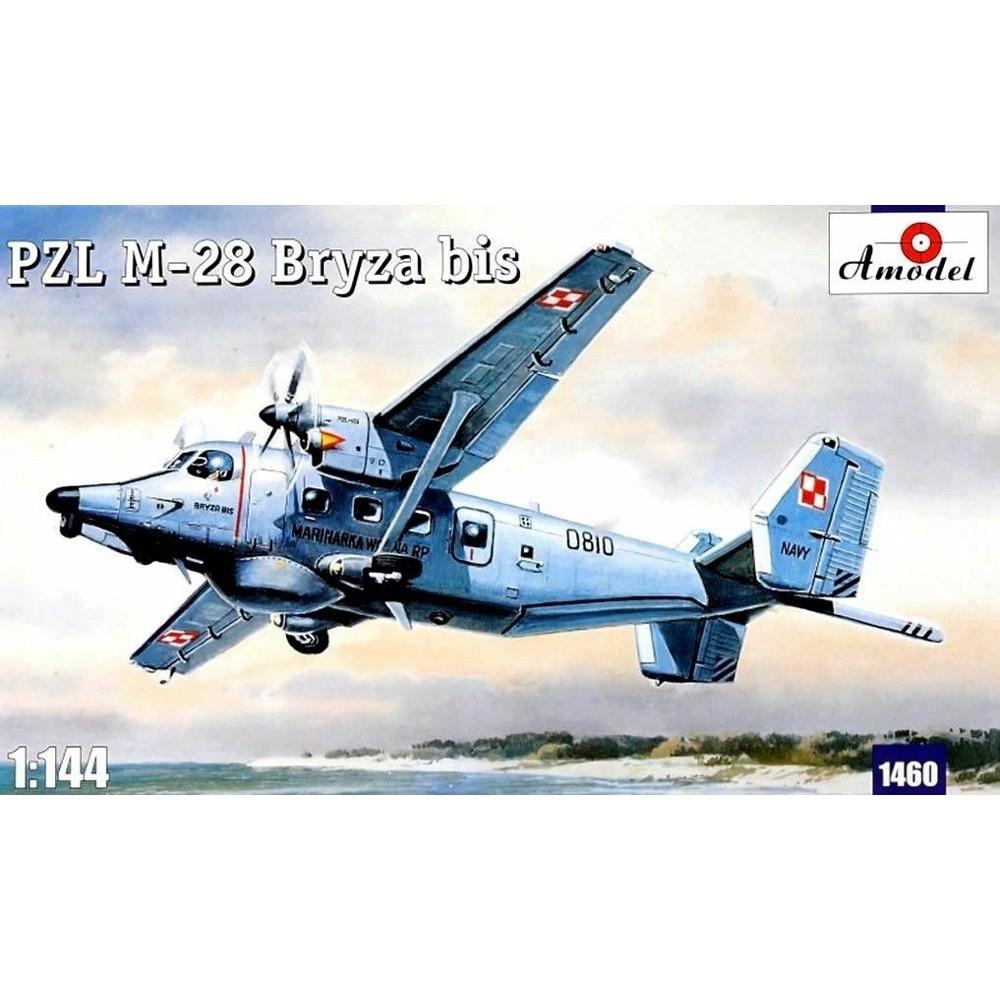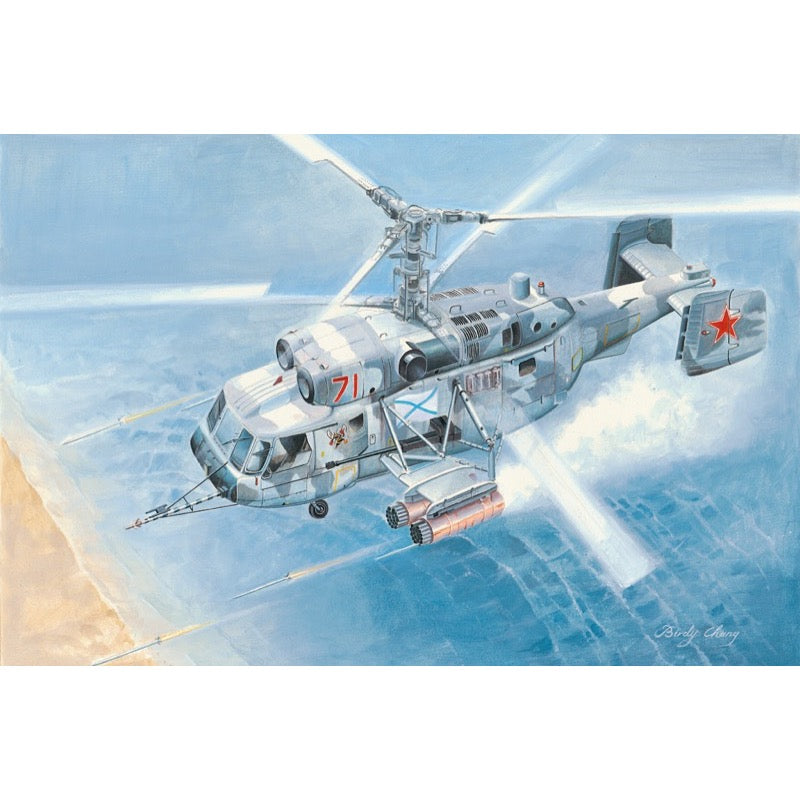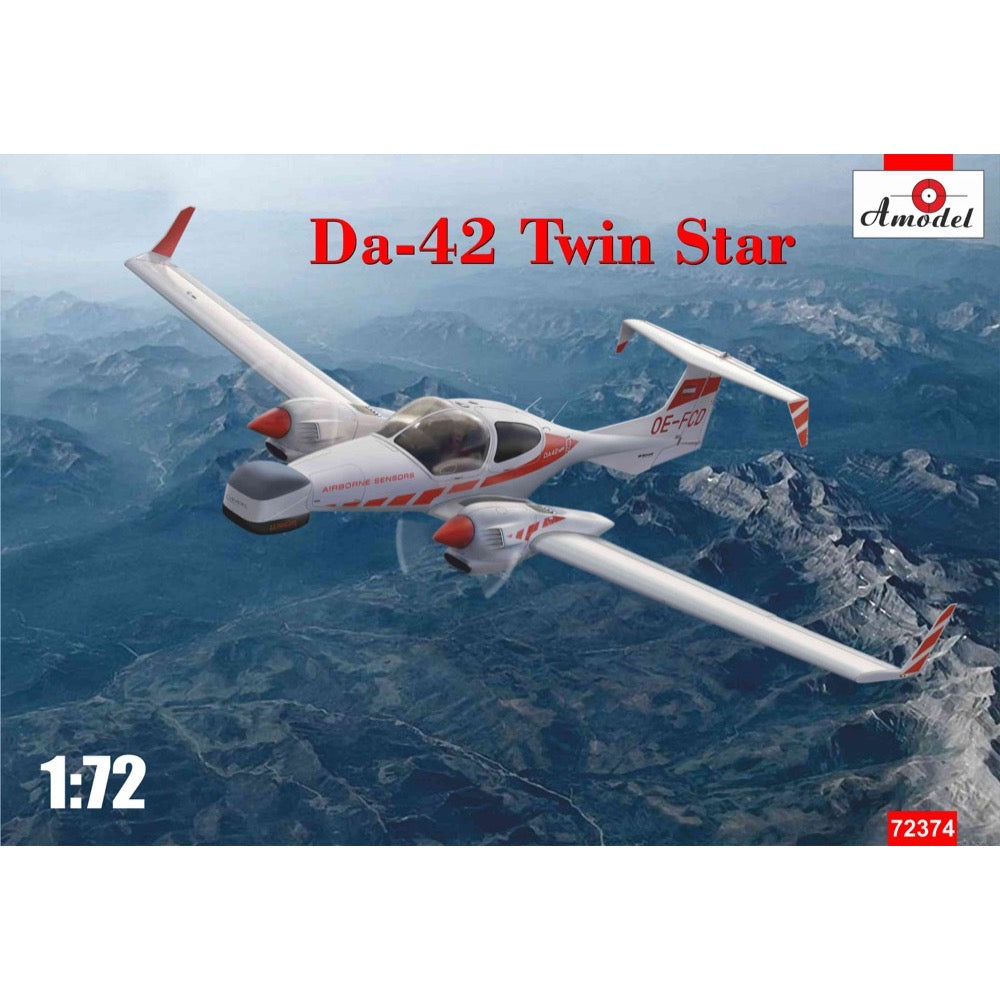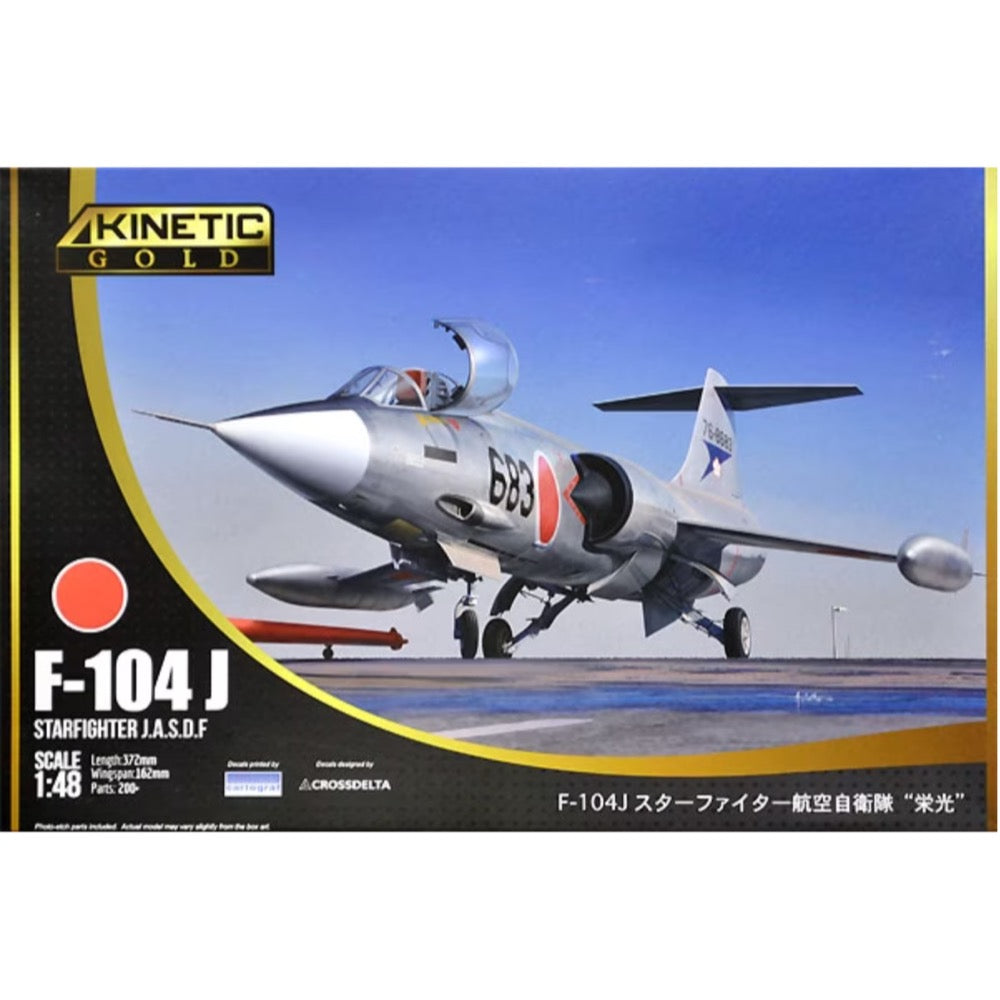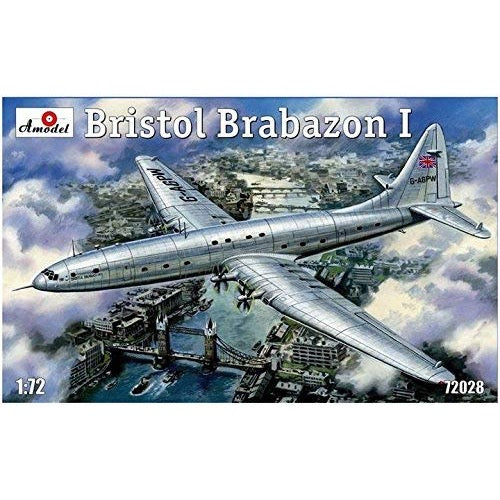
Roden 634 1/32 Spad XIIIc1 Early
36.00
$
In 1916, the French SPAD aircraft company produced one of the most successful fighters of the First World War, SPAD VIIc1, which established for itself and its well-known ace pilots a supreme place in aviation's hall of fame. On the wave of its success, its designers decided to further improve the aircraft, without changing the basic concept. Thus, in June 1917, the SPAD XIIIc1 appeared - one of history's iconic aircraft, which became a mainstay of the Air Force not only in France but in many other countries, and its operational use continued in the postwar years.<br><br>In general, the new fighter resembled its famous predecessor in many ways, but it was larger, the shape of the cowling was changed, and the central cabane struts were modified. The rudder was also restyled, and a different form of windscreen was fitted. The upper and lower wings of early-built aircraft featured characteristic rounded ends.<br><br>The first flight of the new type took place on April 4, 1917; the plane was tested by one of the most famous French aces, Rene Dorme. The aircraft demonstrated a speed of 217 km per hour, at a time when speed was considered the main characteristic of a fighter, and this figure was more than satisfactory.<br><br>As new fighters, as well as previously successful types, were needed at the Front in large quantities, production was initiated not only at the facilities of SPAD, but also at the plants of Bleriot, Bernard, Kellner, Nieuport and some others. In total, about 17,000 aircraft of this type were ordered, but by the end of the war only about 8,000 had been produced, and all other contracts were canceled immediately after the war.<br><br>In addition to the French Air Force, the aircraft was offered to the British Royal Flying Corps, which used its predecessor, but despite the agreements, the supply of these aircraft to Great Britain was significantly delayed, and only a few squadrons of the RFC operated the SPAD XIII.<br><br>Another important operator of this aircraft was the newly created US Army Air Service, which at that time had very few aircraft of indigenous design and instead purchased aircraft in large quantities, especially from France. A total of 16 USAAS squadrons were equipped with the SPAD XIII. The fighter was also supplied to the Corpo Aeronautico Militare (the Italian Air Force), and one of them was flown by the top Italian ace Francesco Baracca.<br><br>The main problem with the SPAD XIII was the unreliable operation of the new Hispano Suiza 8Ba engine. In addition to an overheating problem, which was overcome, another was added - the vibration of the engine, which interfered with stable flight. It caused production to be suspended from time to time, which negatively affected the image of the aircraft as a whole in comparison with the new developments of other manufacturers, which in the last phase of the war offered more modern, more advanced fighters. Despite this, the SPAD XIII retained its place in the inventories of many countries not only until the end of the war, but also in the early postwar years.
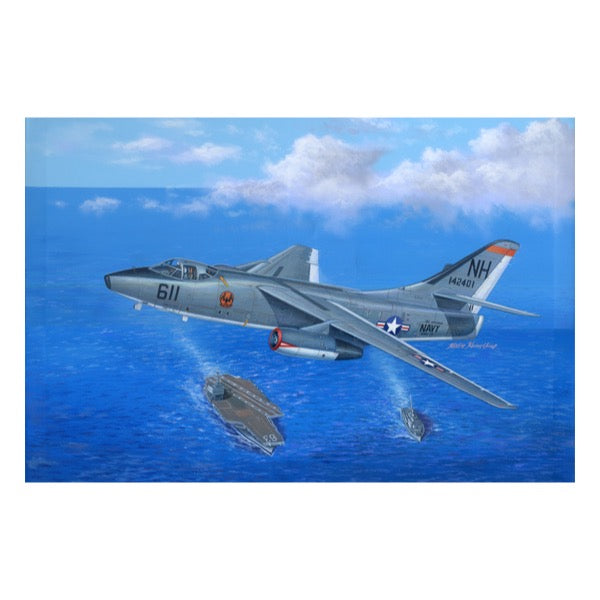
Trumpeter 02871 1/48 EA-3B Skywarrior Strategic Bomber**
41.00
$
<p>The DouglasA-3“Skywarrior”was a strategic nuclear bomber developed for the US Navy. The aircraft had a largely conventional semi-monocoquefuselage, with twoJ57turbojetengines in underwing nacelles, A-3's wings can be folded for storage below deck, radar-controlled tail turret and a crew of three. TheA-3 Skywarriorproject started in 1947,The prototype XA3D-1 first flew on 28 October 1952, entered service with the Navy Heavy Attack Squadron One in 1956.Production ended in 1961. Douglas total built 282 Skywarriors.</p>
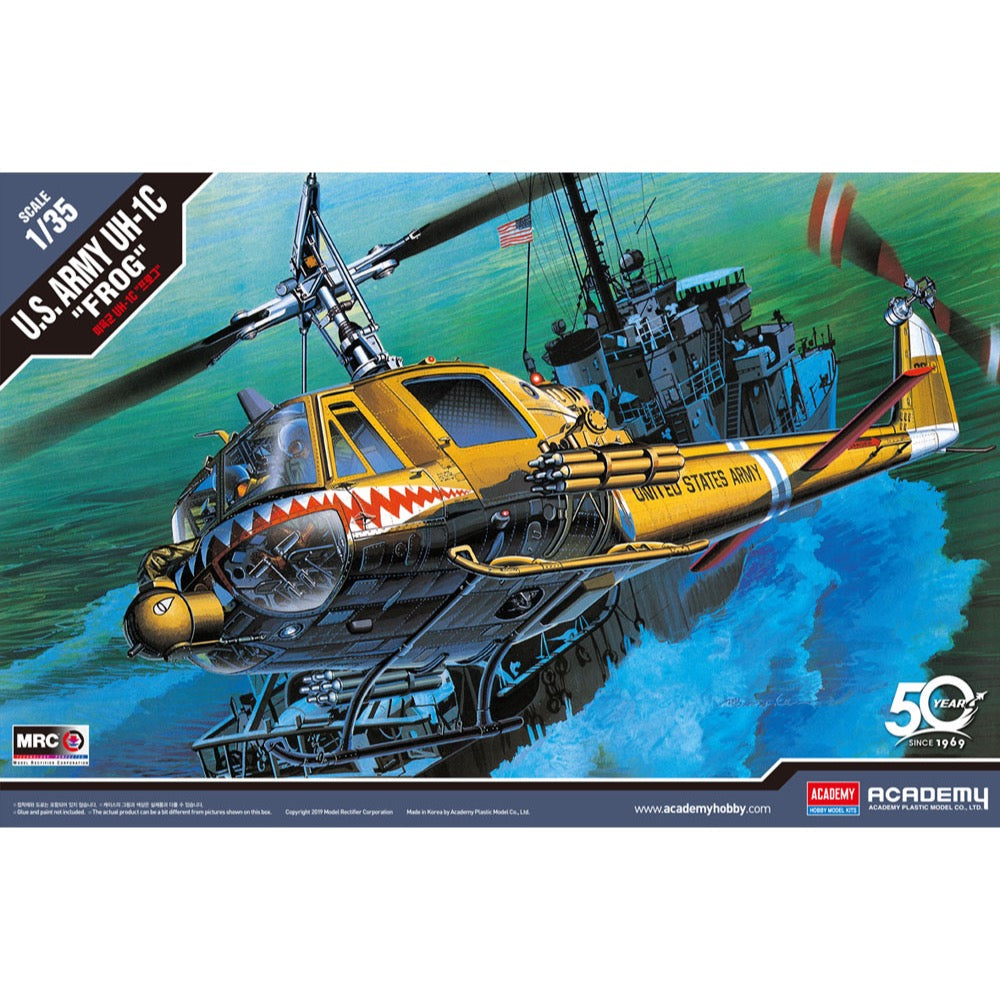
Academy 12112 1/35 UH-1C HUEY FROG
28.00
$
<p>Bell UH-1 Iroquois (commonly known as Huey) is a multirole helicopter of American production from the Cold War and modern times. The flight of the prototype took place in 1956, and the machine entered service in 1959. The helicopter - in the UH-1D version - has a total length of 17.4 m, and the diameter of its main rotor is 14.6 meters. The drive is provided by a single 1100 HP Lycoming T-53-L-11 engine. Its maximum speed in horizontal flight reaches 220 km / h. The helicopter has a classic layout with a single main rotor and a propeller on the tail boom.</p>
<p>This is an injection-plastic aircraft model kit.</p>
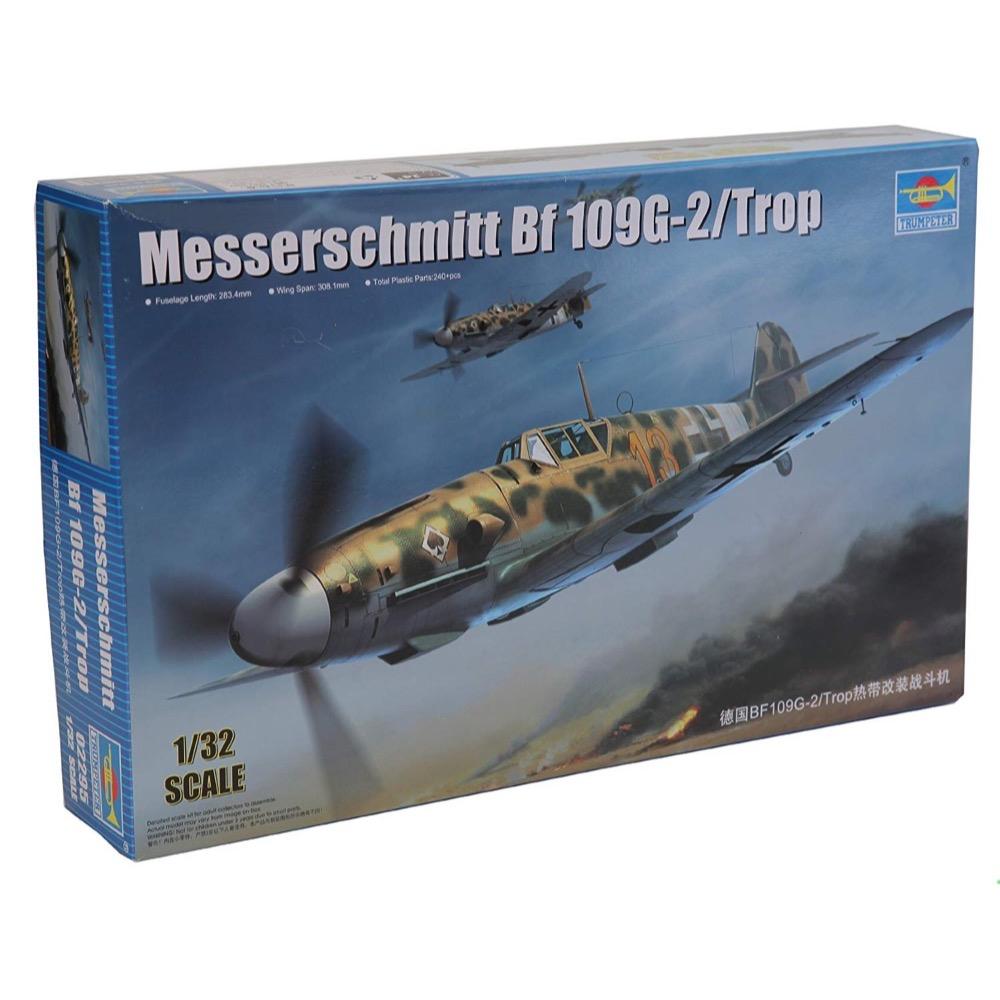
Trumpeter 02295 1/32 Messerschmitt Bf 109G-2/Trop
25.00
$
<p>The Bf109G series, or "Gustav" was introduced in mid-1942; its initial variants (G-1 through G-4) differed only in minor details from the Bf 109F, most notably in being powered by the more powerful 1475hp DB 605 engine.</p>
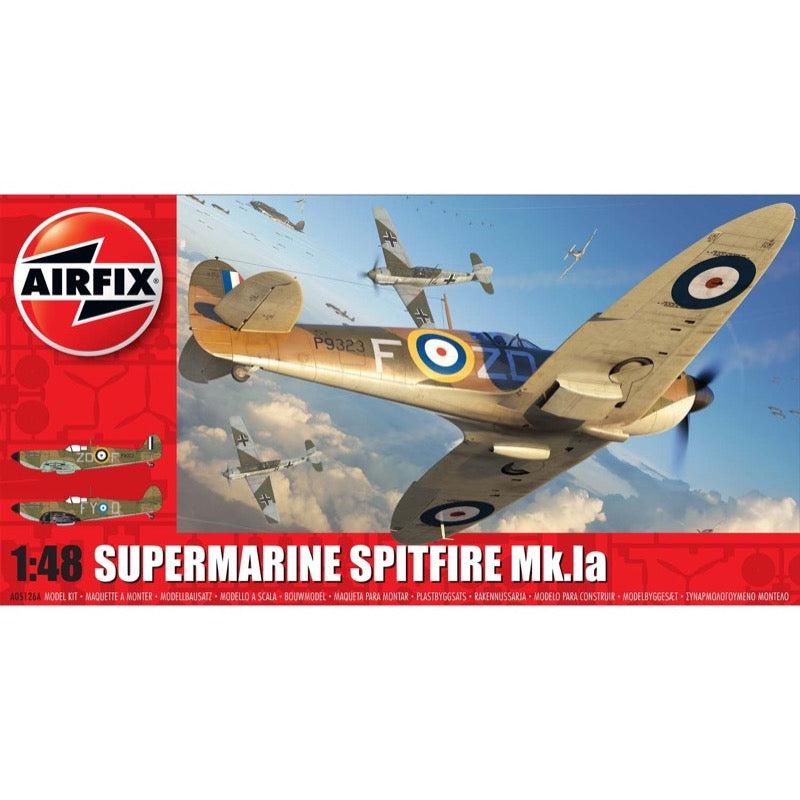
Airfix A05126A 1/48 Supermarine Spitfire Mk.1
25.00
$
<p>The Supermarine Spitfire was, by 1940, the interceptor of choice for Fighter Command. It was capable of speeds of over 360mph and had exceptional manoeuvrability. An excellent dog-fighter, the Spitfire Mark I is seen as a symbol of The Few, vital to the defence of the United Kingdom against the previously all-conquering Luftwaffe. Along with the Hurricane, it cemented its place in history during the Battle of Britain.</p>
<p>BAE SYSTEMS is a registered trade mark of BAE Systems plc.</p>
<h4>Contains</h4>
<ul>
<li>Sprues</li>
<li>Decals</li>
</ul>
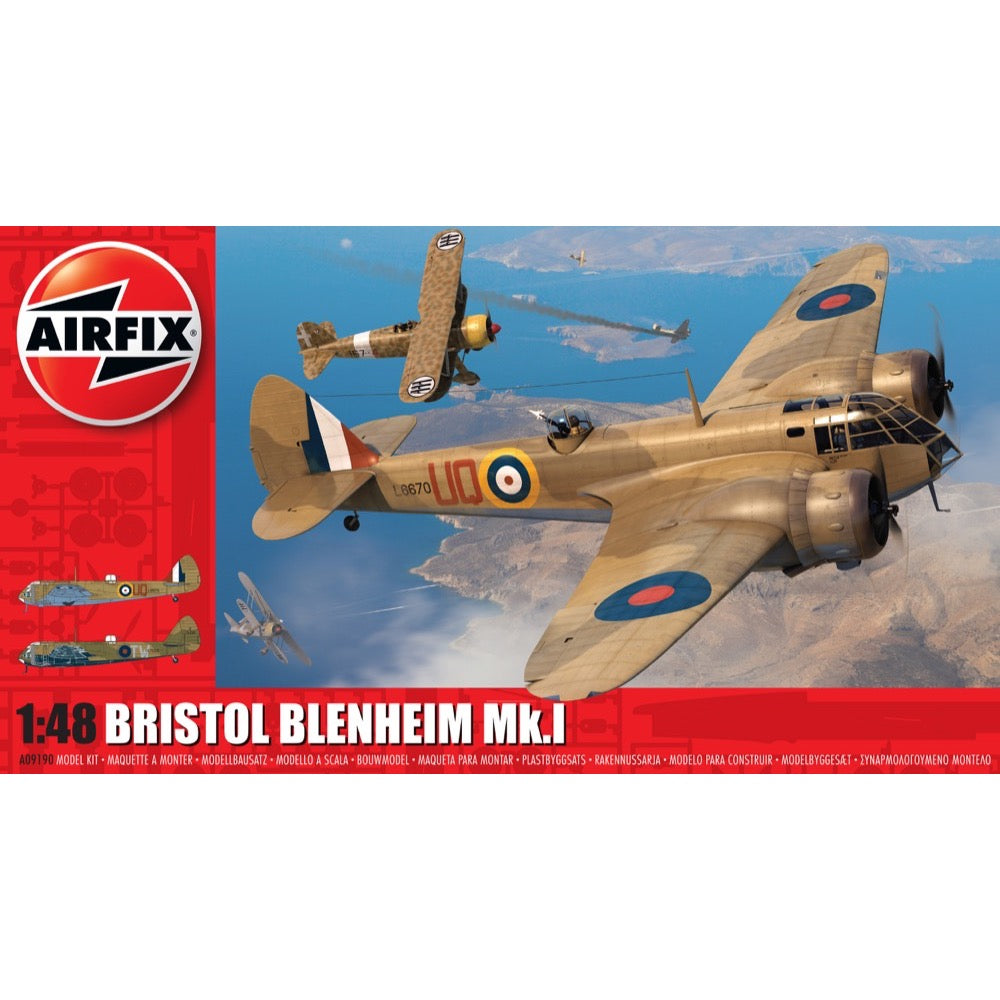
Airfix A09190 1/48 Bristol Blenheim Mk.1
40.00
$
<p>When the first Bristol Blenheim Mk.I light bomber entered Royal Air Force service with No.114 Squadron at Wyton in March 1937, they not only replaced the squadrons Hawker Hind biplane bombers, but also pointed to the future of a new, modern air force. Capable of speeds approaching 100 mph faster than its predecessor, the Blenheim was the most capable light/medium bomber in the world at that time and would be the benchmark for all future aircraft designs, including those it would soon be forced to meet in combat.</p>
<p>During the early months of WWII, Blenheim crews would carry a heavy burden of strike operations against enemy targets, both from bases in the UK and in France as part of the Advanced Air Striking Force and British Expeditionary Force. Being relatively lightly armed and with constant equipment additions increasing the aircrafts weight, the Blenheim was no match for the modern fighters of the Luftwaffe and despite the heroic actions of a great many Allied pilots, the RAF suffered significant losses during this period.</p>
<h4>Includes</h4>
<ul>
<li>Sprues</li>
<li>Decals</li>
</ul>



